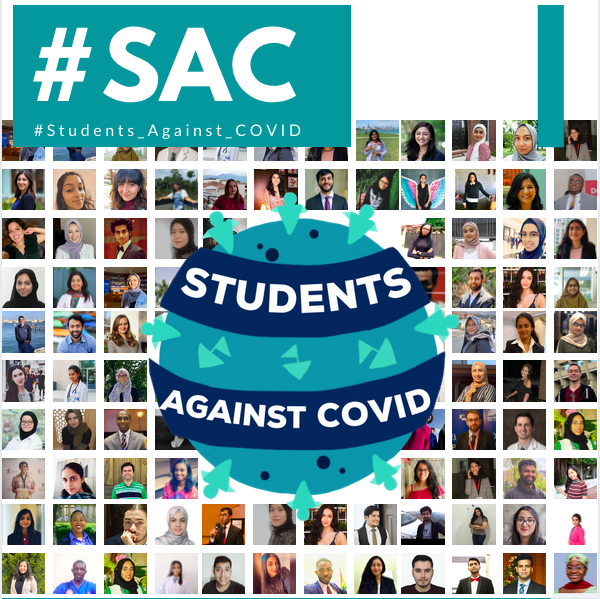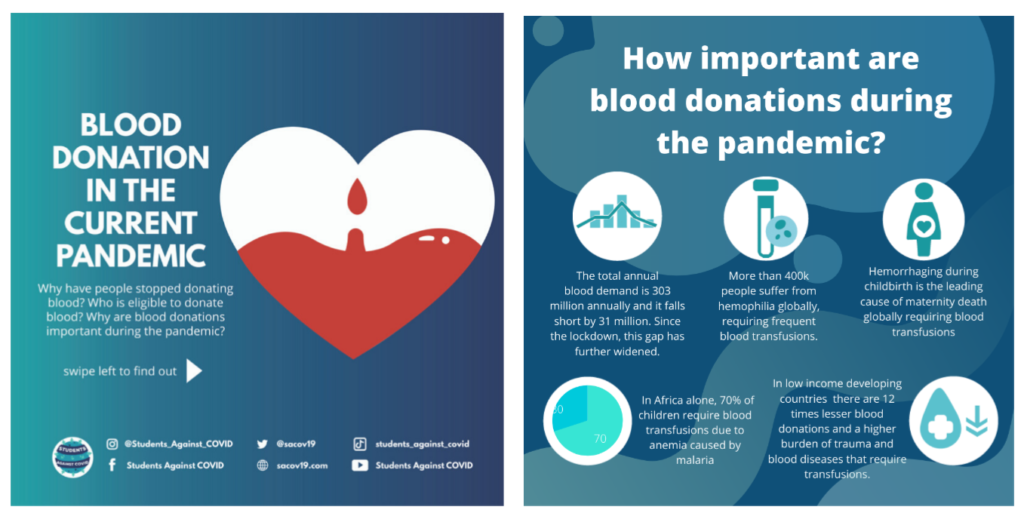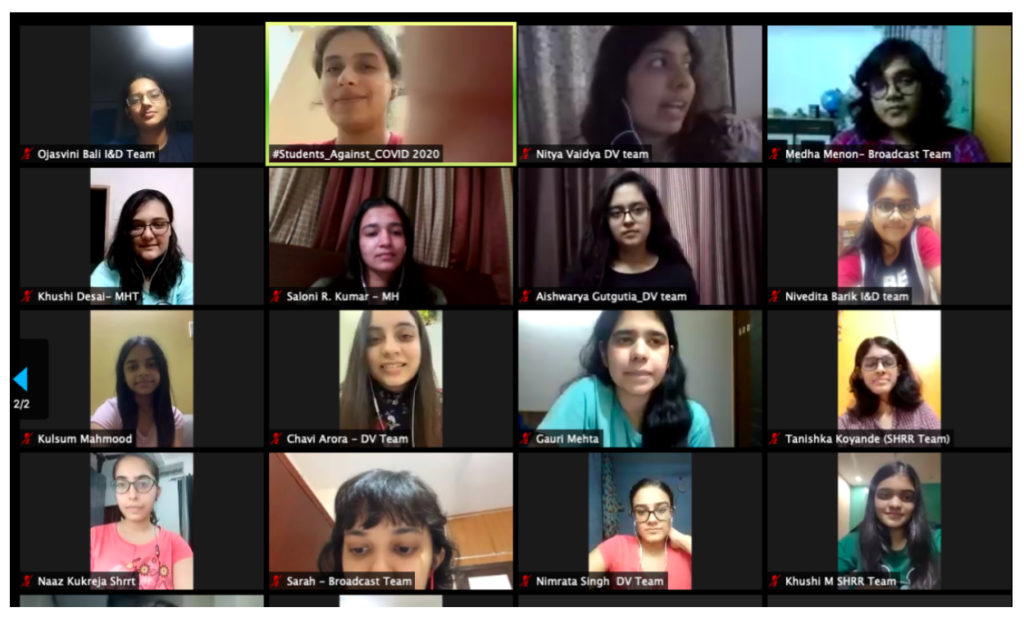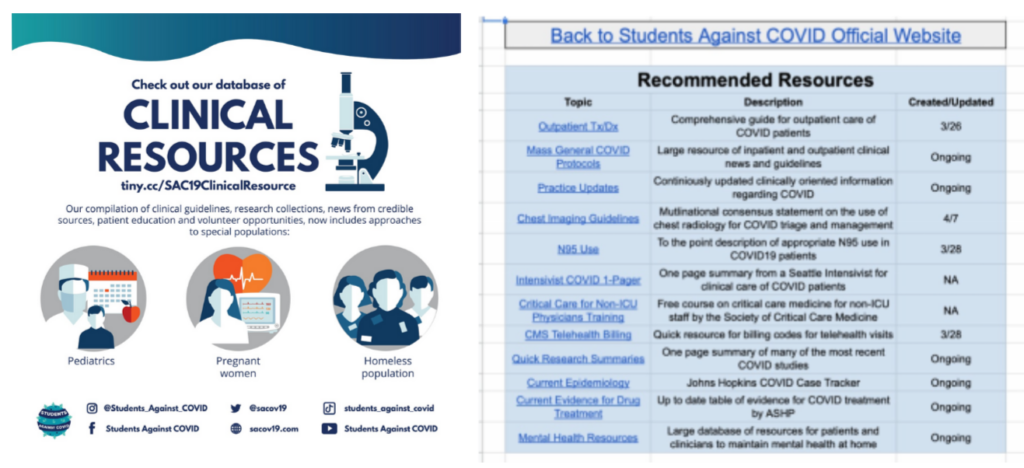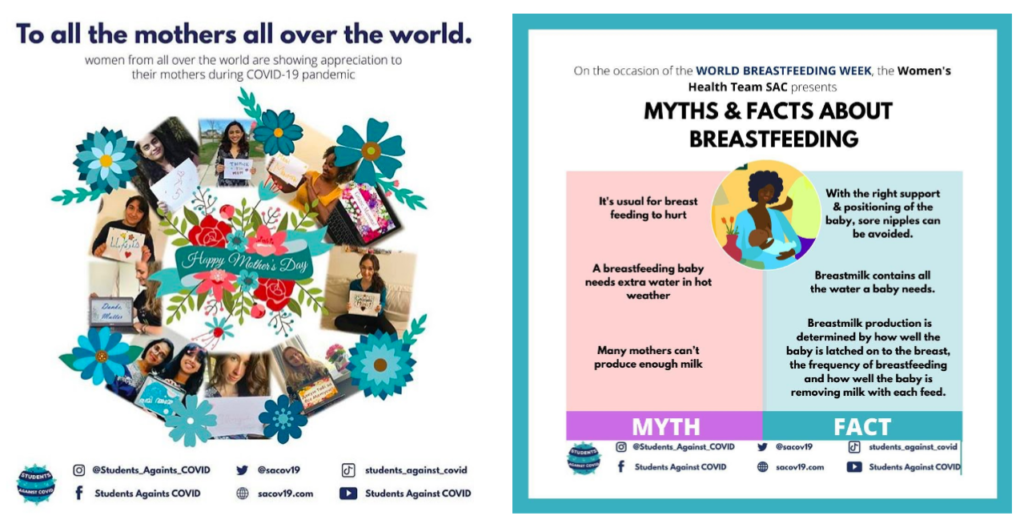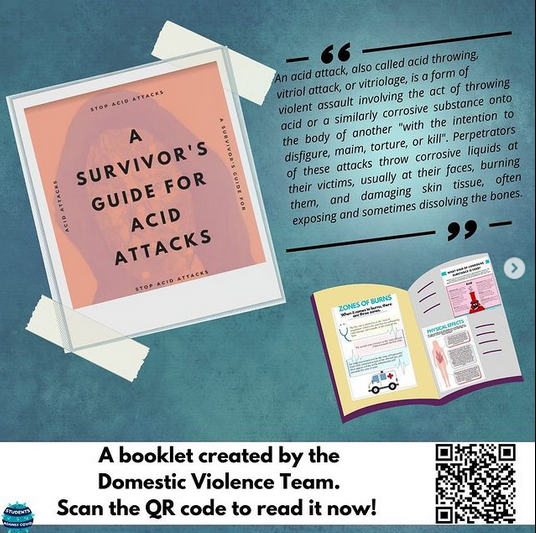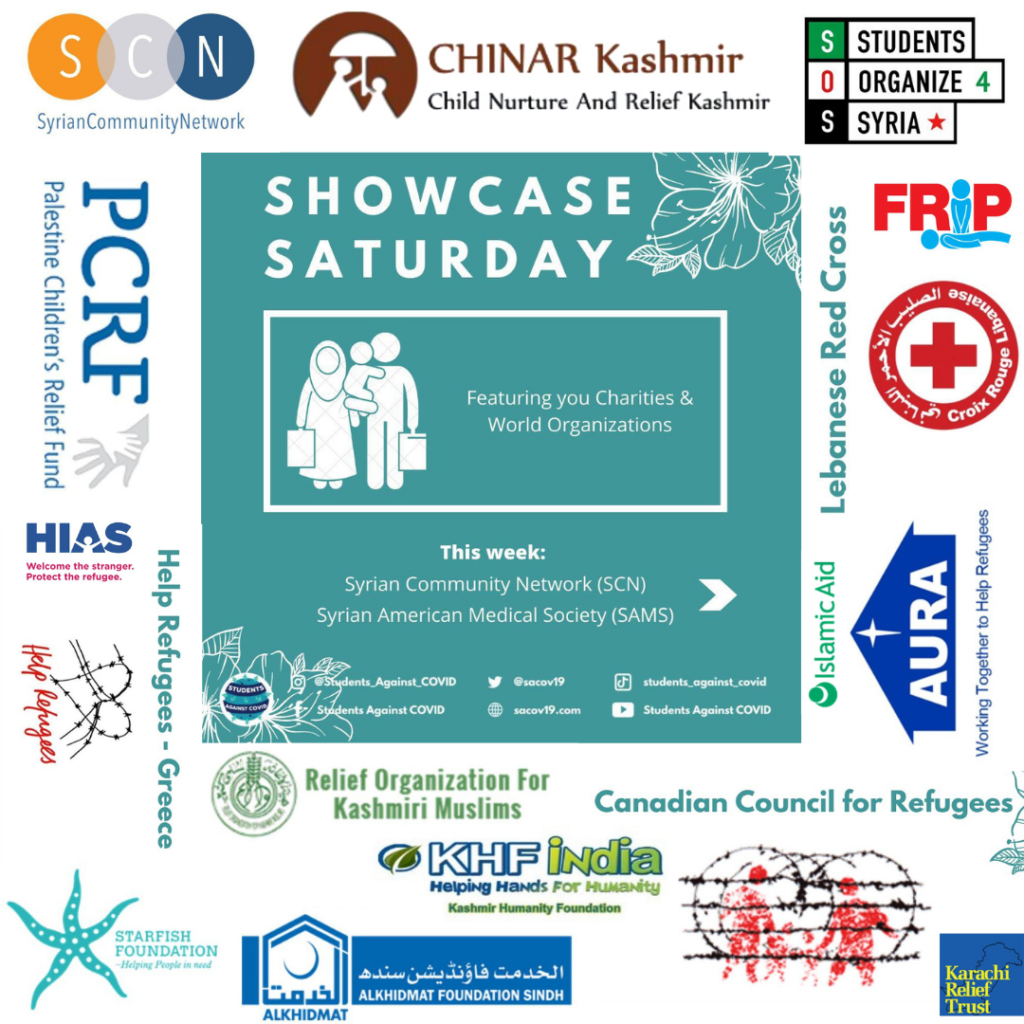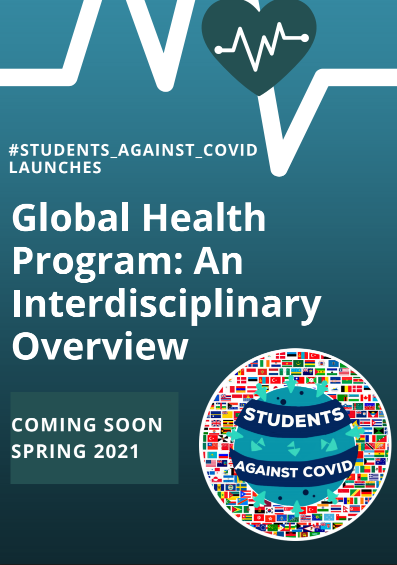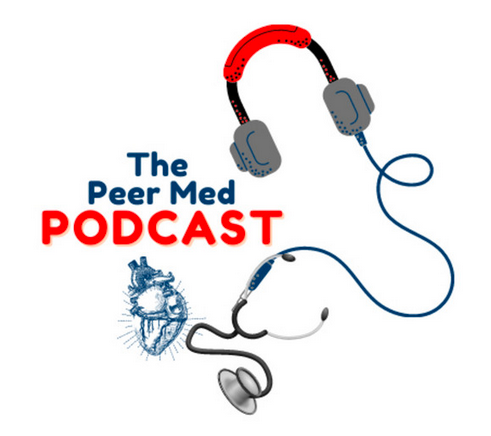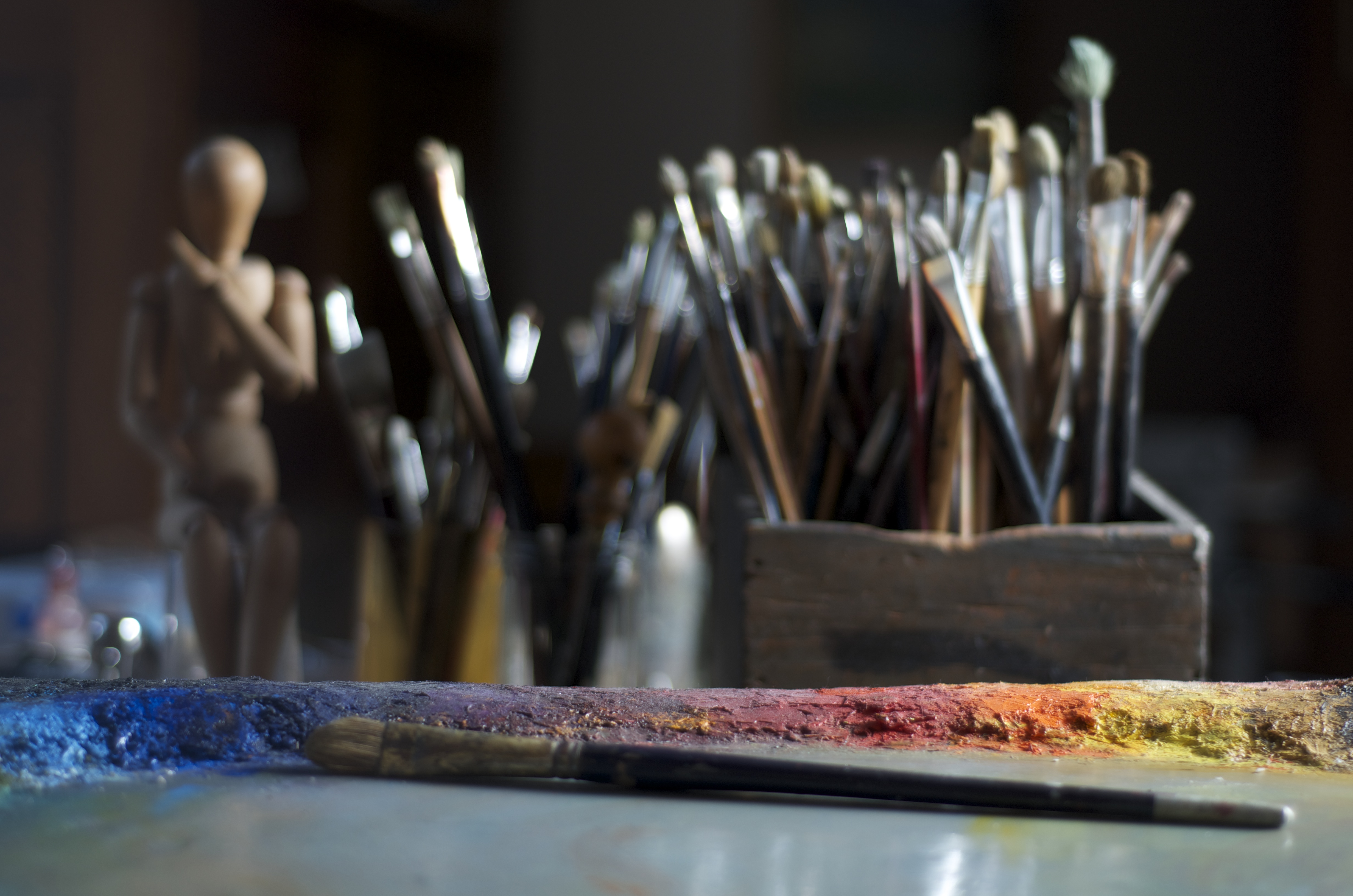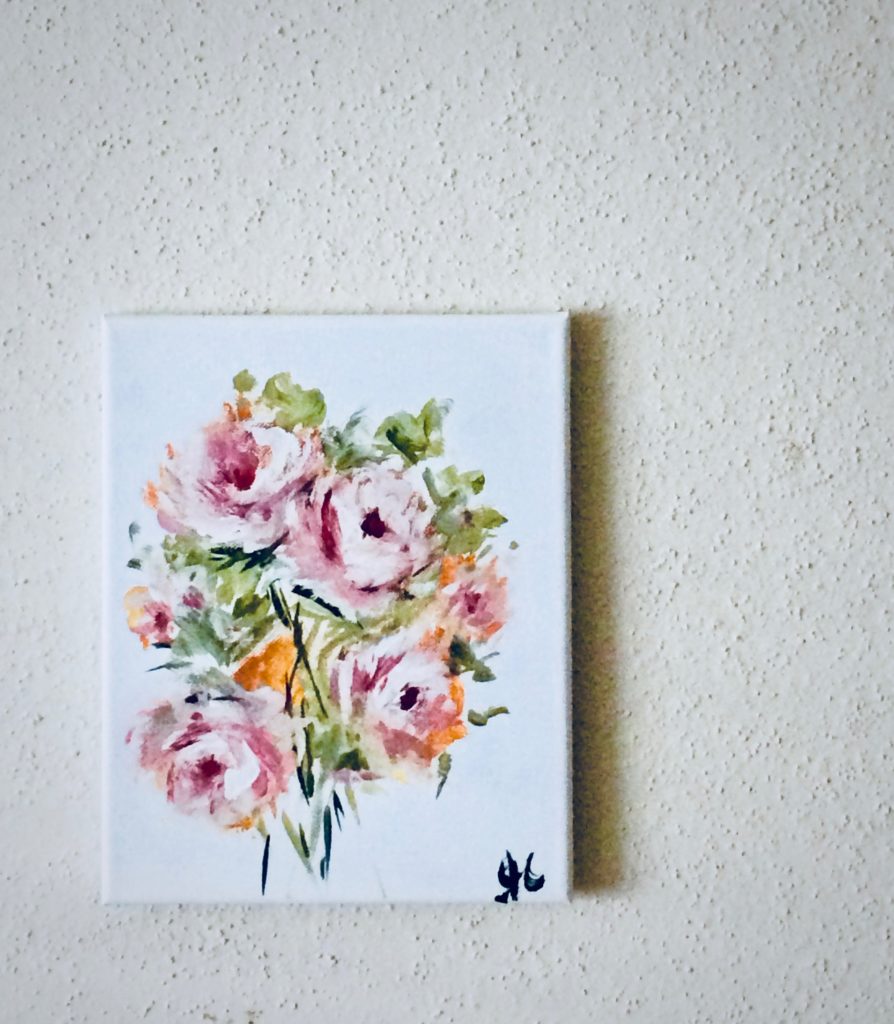By Melissa Bonano
Amidst the flurry of activity in a busy emergency department, an urgent call cut through the chaos, leading me to a profound realization about my path in medicine. “There’s a patient actively miscarrying in the restroom,” the message crackled with urgency and distress. Instantly, my focus sharpened as I grasped the gravity of the situation. A nurse, visibly shaken, relayed that a woman, bleeding heavily at 14 weeks into her pregnancy, required immediate assistance. In that moment, a wave of recognition washed over me—I had encountered this patient during triage.
Racing to her side, I found her standing over the toilet, clutching a fetus in her hand, tears streaming uncontrollably down her face. With the nurse momentarily frozen in the doorway, I was alone. The reality of the situation crashed over me as I realized I was the only one there to provide immediate support. Her heart-wrenching plea, “Can you help him?” pierced through the chaos, and I knew I had to deliver the heartbreaking truth.
A storm of thoughts swirled in my mind. How do you convey the finality of such a profound loss when you are unprepared? Despite lectures and TV portrayals, nothing had truly prepared me for this moment. As a medical student, all my training and knowledge suddenly felt inadequate in the face of such raw grief. As I crouched beside her, my arm wrapped around her shoulders for support, I summoned every ounce of compassion and clarity I could muster. I gently conveyed the harsh reality that there was nothing more we could do for the baby, softly explaining that it was too early in her pregnancy for him to survive. She nodded in understanding, her breaths interspersed with sobs. I cradled her baby in my hand as I guided her into a wheelchair, engulfed by a wave of helplessness. Her cries, the most gut-wrenching I had ever heard, reverberated around me. Witnessing her grief was agonizing; my words felt feeble in the face of such profound loss.
After settling her into her room, I remained by her side, determined to offer whatever comfort and support I could in her darkest hour. Despite my reassurances, her pain was palpable, an all-consuming sorrow that left me feeling powerless. My aspiration to heal seemed futile against the magnitude of her suffering. A part of me longed to stay, to be her anchor through this harrowing ordeal, but another part of me, the novice, wanted to escape, to avoid ever facing something so heartbreaking again.
As she was eventually transferred to the labor and delivery floor, I made my way back to the bustling ER that seemed unchanged, indifferent to the storm I had just weathered at this mother’s side. I sat back at my computer, staring blankly at the list of patients waiting to be seen when a hand gently landed on my shoulder. My preceptor stood beside me, his presence a silent acknowledgment of my turmoil. Without looking me in the eye, without asking a single question, he said, “Take 5 minutes.”
Take 5 minutes. Take 5 minutes to reflect on what it means to be a doctor. Take 5 minutes to absorb this rude awakening of what can unfold on any given day. Take 5 minutes to understand that despite the overwhelming difficulty of what I had just experienced, it was precisely what I was here to do—to stand beside those in their moments of greatest need. As I walked out into the quiet of the ambulance bay, a profound realization dawned on me. Despite its unconventional and heart-wrenching nature, I felt a deep, undeniable call to be there for every mother who needed me. It was on that day, amidst the sorrow and the struggle, that I found my true calling—to be an obstetrician and gynecologist, dedicated to supporting and caring for those who need it most.



